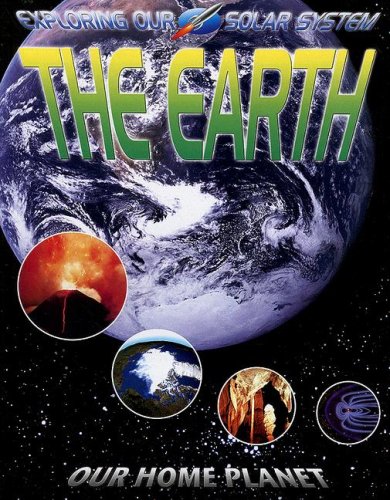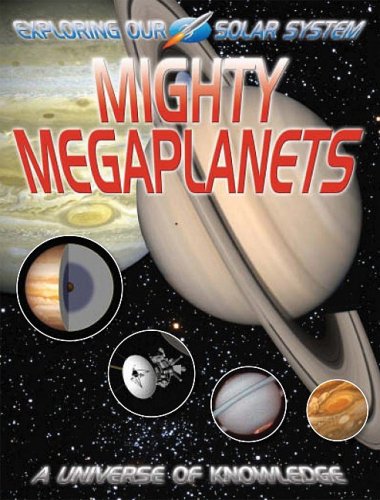-
The Earth: Our Home Planet
David Jefferis
Paperback (Crabtree Publishing Company, March 1, 2008)This highly illustrated book takes an in depth look at our home planet, including the inside core, the oceans and continents, the atmosphere surrounding it, and how it is affected by other planetary bodies. T
T
-
Pluto: A Dwarf Planet
Thomas K. Adamson, Ralph Winrich
Library Binding (Capstone Press, Sept. 1, 2007)Did you know that Pluto is now called a dwarf planet? Or that a spacecraft is headed there to explore it? Look inside to learn more about small, icy Pluto and its place in the solar system. M
M
-
The Moon
Gemma McMullen
Paperback (Booklife US, May 1, 2019)This series explores the four key elements of our Solar System: the Sun, the Moon, the Planets, and the Stars. With each title including fascinating facts and photographic images, young readers will enjoy discovering what lies in the darkness beyond. M
M
-
Mighty Megaplanets: Jupiter and Saturn
David Jefferis
Library Binding (Crabtree Pub Co, Sept. 30, 2008)Presents a study of the planets Jupiter and Saturn, including information about their size, distance from the Sun, orbits, moons, rings, and the gases that they are made of. U
U
-
The Planets
Gemma McMullen
Paperback (Booklife US, May 1, 2019)This series explores the four key elements of our Solar System: the Sun, the Moon, the Planets, and the Stars. With each title including fascinating facts and photographic images, young readers will enjoy discovering what lies in the darkness beyond. K
K
-
Mars
Linda Elkins-Tanton
Hardcover (Chelsea House Pub, April 1, 2006)Explores the relationship between the sun and its orbiters, including the planets, asteroids, meteorites, and comets, and introduces the various space missions that helped the scientific community gain a more thorough understanding of the solar system.
-
The Sky
Nuria Roca, Carol Isern, Rocio Bonilla
Paperback (B.E.S. Publishing, Sept. 1, 2014)Young astronomers can explore the mysteries of our skies in this engaging book. The planets and stars in our solar system; how the earth and planets travel around the sun; why we have day, night, and different seasons; and several other topics are explained. Fun activities at the back of the book reinforce the information and allows kids to test what they've learned. Also includes a guide for parents that expands on some of the terminology and concepts. B
B
-
Galaxies: Immense Star Islands
David Jefferis
Paperback (Crabtree Publishing Company, Jan. 1, 2009)Our solar system is a part of a galaxya collection of billions of stars, gases, and dust. Our galaxy and others are explored in this fascinating new title from the Exploring our Solar System series. Learn what a star island is, how big is our own galaxy, what is a galactic year, and the different kinds of galaxies. R
R



